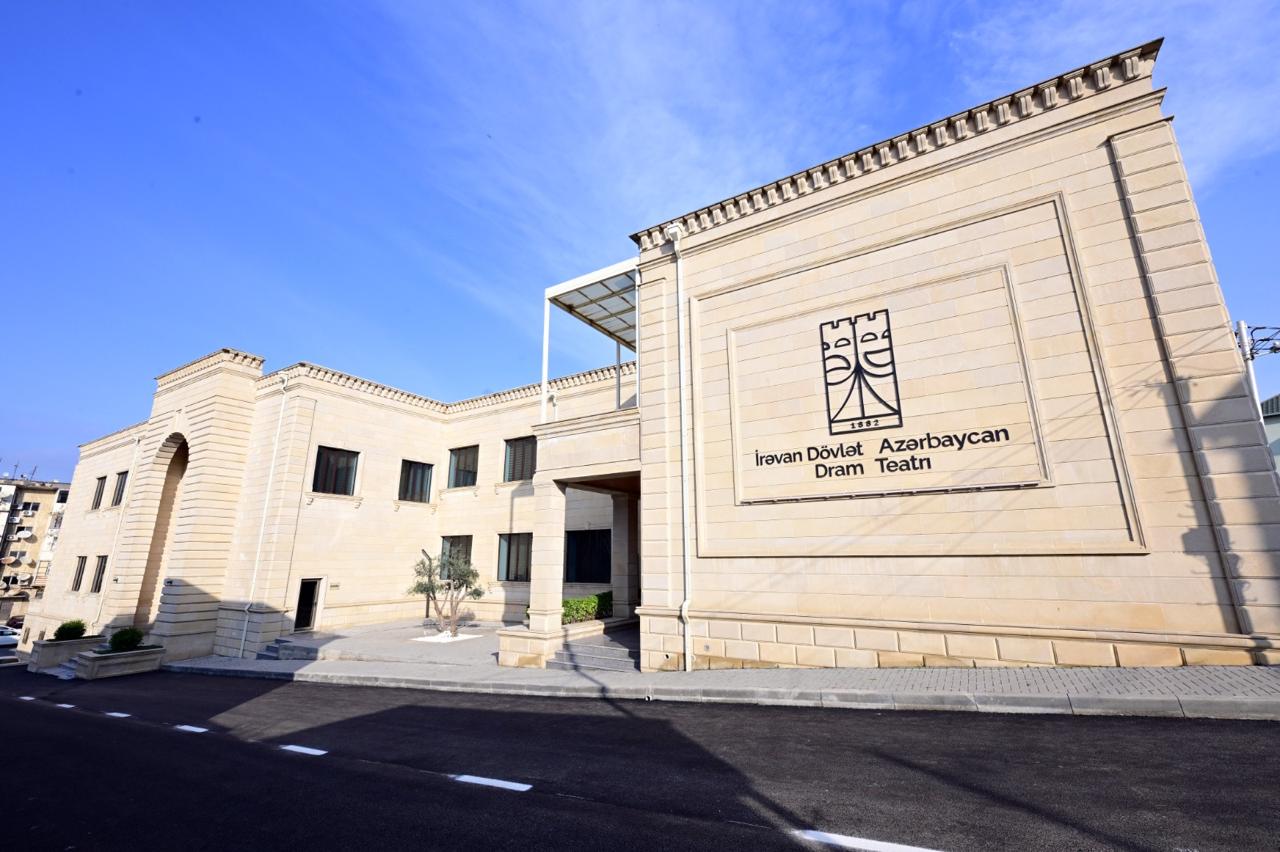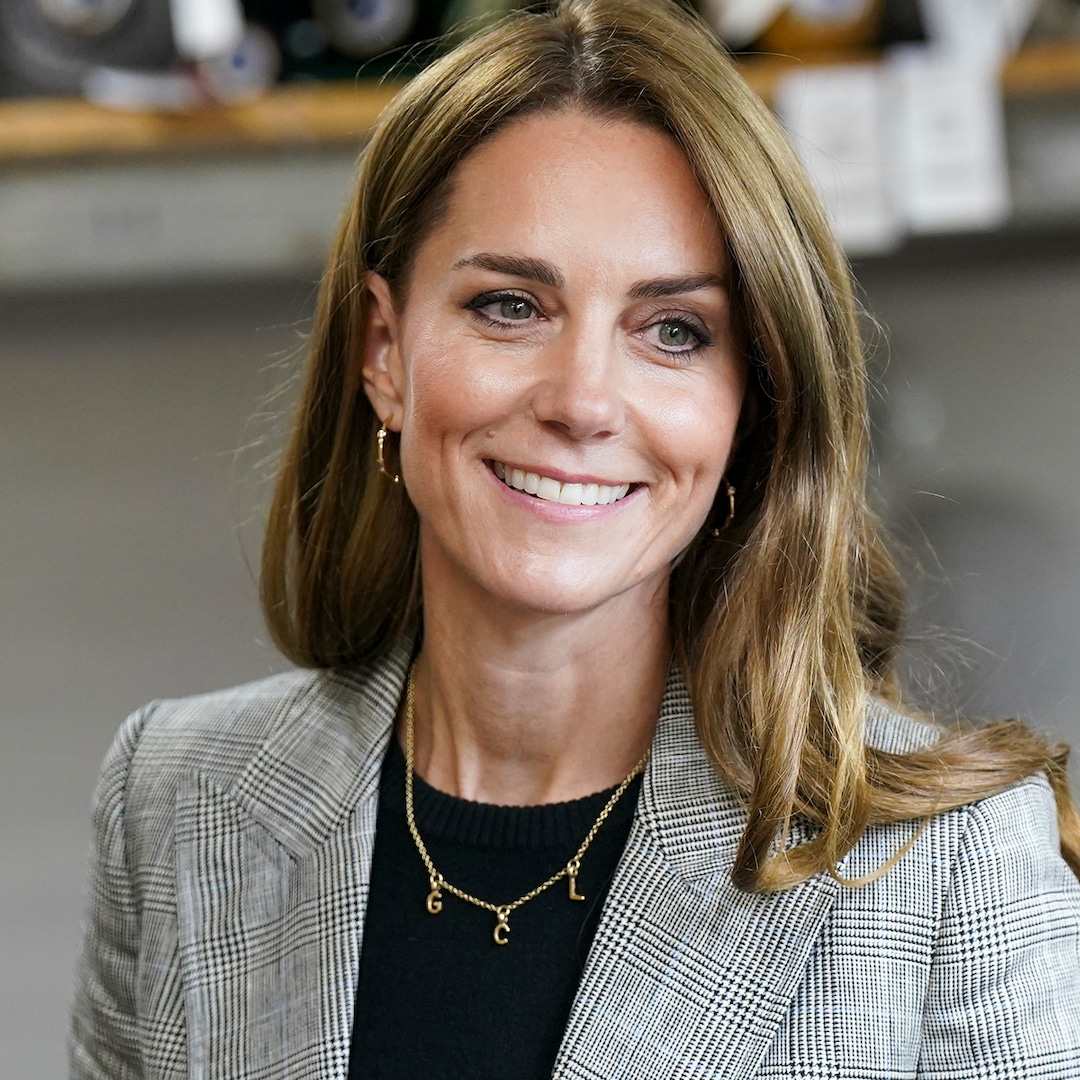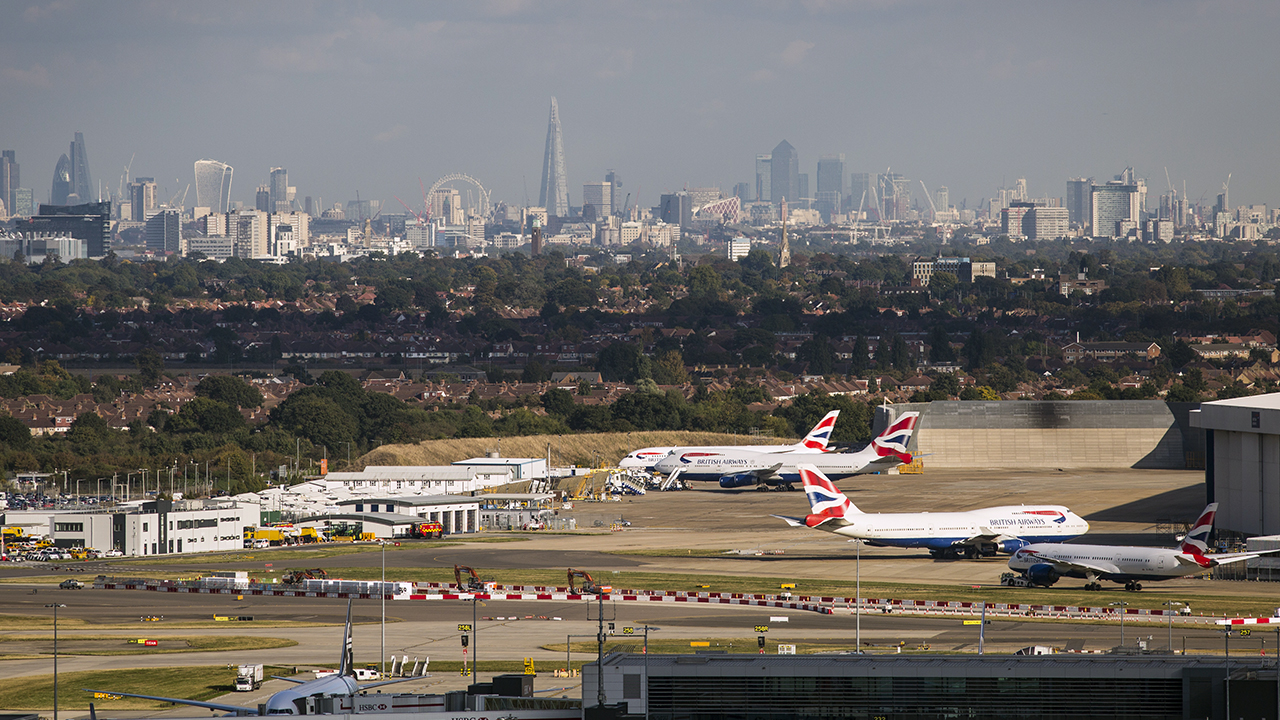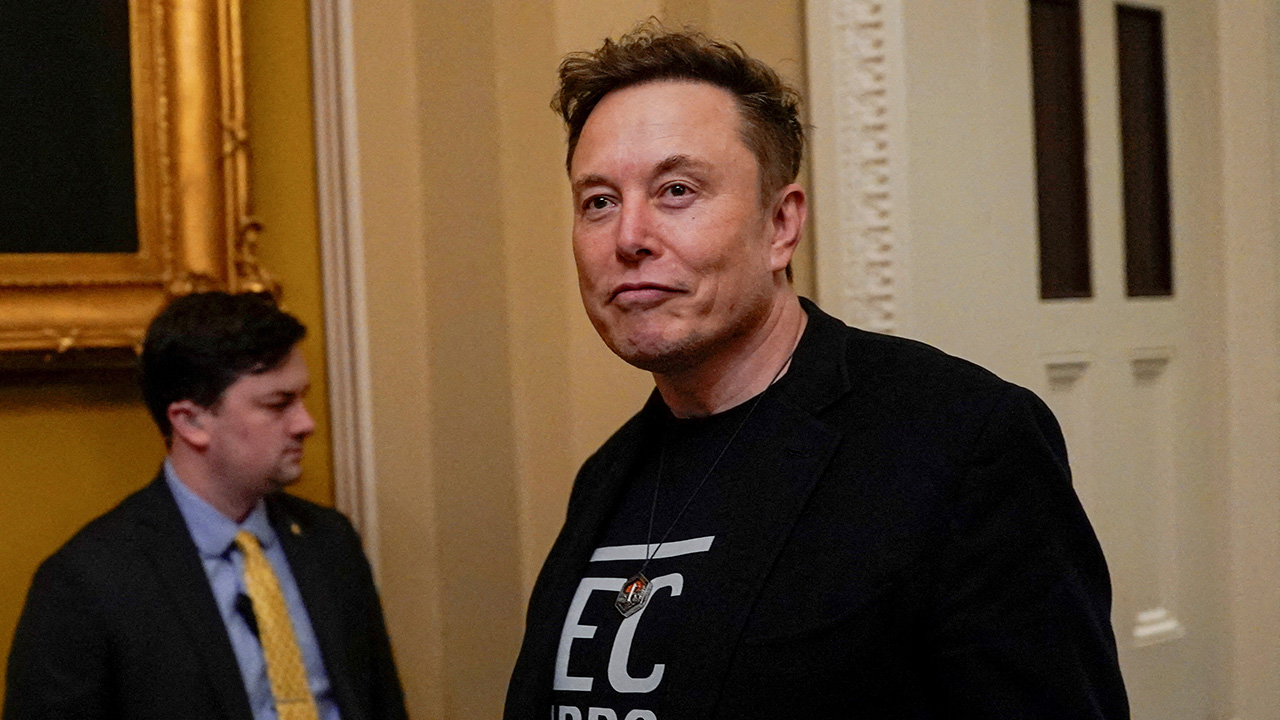Cultivating change: Why the future of Agriculture needs more women and technology

Throughout my family’s history, women have played a central role in agriculture, not just as a workforce but as drivers of innovation and resilience. My great-grandmother kept our horticultural business alive during wartime, nurturing growth against all odds. My mother built one of Europe’s first commercial tissue culture labs, pioneering modern plant propagation. And I am now leading a robotics startup that translates this spirit into technology, developing AI-driven solutions for sterile, high-quality plant production.
Across generations, the vision remained the same: to nurture growth in biological, economic, and systemic ways. Today, this vision is more important than ever. Producing more food is not enough; we need to produce it in ways that regenerate soils, protect biodiversity, and secure local, high-quality supply chains under climate pressure. This requires leaders who understand that growth and care are not opposites. This is where women have always contributed, often quietly, by shaping systems that nourish rather than simply extract
A new era for agriculture
The transformation in agriculture is real. It’s happening right now. And it’s deeper than many realise.
Agriculture today is no longer just about soil and seasons. It’s about sensor-based systems, autonomous machines, genetic insight, data flows, and climate resilience. It’s a multidisciplinary powerhouse that integrates biology, technology and sustainability under pressure, often away from the spotlight.
In 2024 alone, AgriTech startups raised over $5.7 billion in venture capital. AI-powered weed lasers, autonomous tractors, vertical farms and regenerative platforms all point to a massive shift, and a necessary one. By 2050, the world’s population is estimated to increase by 2 billion, bringing with it the rising challenge of producing enough food without further straining the environment.
Why do we need more women in AgriTech and to invest in smart technologies?
Here’s the paradox. While agriculture modernises rapidly, the image of who drives this progress often remains rooted in traditional ideas and role models. In my experience, people still love the rural image of a farmer growing crops on his field with a pitchfork and an old tractor. But the reality is one of extreme technological complexity, and more women are stepping into these roles, not only in the fields but in labs, greenhouses and boardrooms, shaping the systems that will feed the future.
In Germany, 36% of agricultural workers today are women. This is not a huge number, but it shows a growing trend of women occupying more space in the agricultural sector, not just as workers but as leaders, founders and scientists. Women bring perspectives that agriculture needs now more than ever: an understanding that food is a relationship, not just yield; that soil is not just substrate, but a living organism; that nourishing people and regenerating ecosystems can align with economic viability.
And we need this mindset if we want to meet the challenges ahead. Agriculture today is about producing more with fewer resources while regenerating the ecosystems we depend on. It is about securing local production, improving genetics, quality and freshness, preserving biodiversity, and protecting soil fertility under climate pressure.
This is only possible if we combine the mindset of nurturing growth with the most advanced tools available: robotics, AI, sensor systems and data-driven decision tools that enable precise, resource-efficient, year-round local production. Controlled Environment Agriculture (CEA), automated plant propagation and AI-supported farming practices are no longer futuristic visions but necessary steps to align food security with ecological responsibility.
We need to invest in these smart technologies now. Achieving food security and higher quality standards in Europe requires strengthening our local production capacities, reducing dependency on low-standard imports, and recognising that the true cost of food includes fair wages, sustainable practices and the preservation of critical resources like water and fertile soil.
Women in AgriTech are not a trend. They are a catalyst for the systemic, technology-driven transformation agriculture needs to secure a resilient, high-quality and sustainable food system for the future.
The future is fertile if we dare to cultivate it
In the end, it will be down to the founders and innovators of today and tomorrow to define where the agricultural sector is headed.
We need founders who understand that soil loss threatens human survival, that food systems are both a cause and a solution to climate change, and that digital transformation must include rural infrastructure and local resilience. We need investors, policymakers and entrepreneurs who realise that innovation doesn’t only come from Silicon Valley, but from greenhouses, vineyards and test fields.
We need more women in AgriTech, not because they look good on a brochure, but because they bring a different mindset to the table, and because they know that real transformation happens in the everyday things around us.
Let’s make sure that the minds and ideas we nurture in agriculture through funding are as resilient, ambitious and forward-looking as the future we want to grow.
The post Cultivating change: Why the future of Agriculture needs more women and technology appeared first on EU-Startups.
















































